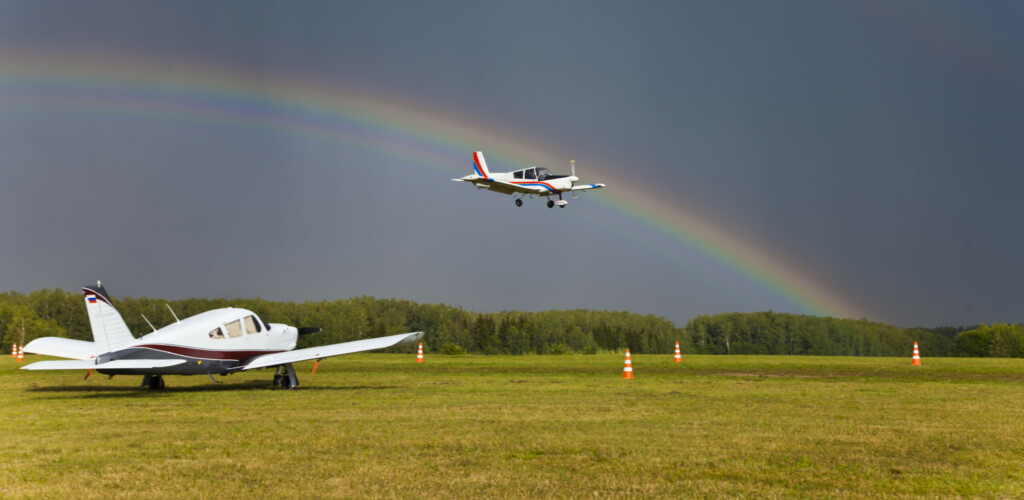GA1397 - Where shall I park?
Initial Report
This is some years ago. Landed at an airfield where an event was taking place. Taxied over to parking. Taxiing very slowly I was looking for parking space and/or a marshal who could direct me to one. I noticed a nearby aircraft with the prop spinning and wondered whether he was shutting down or about to leave. I felt a bump, but then this was a grass area and grass areas have bumps. Finally found somewhere to park, do not remember if via a marshal or on my own. Remembering the bump, I did a walk round particularly looking at the wheels. What I did see was a wing tip with the end broken and the light hanging out whilst nearby there was a bent bit of fencing. Went into the event to find someone to check out that wing tip. With the aid of duct tape I was given the OK to fly her directly home, which was about 15 minutes away.
Lessons learned: On the ground, if in doubt, STOP. Because I was concentrating on looking for a parking space and/or marshal I was not looking out properly, I was also distracted by the aircraft with the moving prop. So I had not noticed how close I was to the fence.
CHIRP Comment
This honest and reflective report contains several valuable safety lessons. It’s easy to become task-focused when under pressure – real or perceived – such as finding a parking space at a busy, unfamiliar event. With attention drawn to searching for a marshaller and noting another aircraft with a running propeller, a key element slipped the scan: wingtip clearance.
Good airmanship doesn’t end after touchdown. Focus and situational awareness must continue during taxiing and parking. Humans are generally poor at judging distance, and with wing sweep this becomes particularly difficult at the wing tip, so using a marshaller whenever possible is an important safeguard. The pilot’s perception of the ‘bump’ as uneven ground illustrates confirmation bias – interpreting new information in line with expectations. A simple but powerful takeaway is: if in doubt on the ground, stop. The equivalent in flight might be to reconsider your progress into a potentially worsening situation; pressing on despite uncertainty is a well-known precursor to error.
The subsequent walk-round inspection was a great piece of airmanship that prevented the damage from going unnoticed. However, even apparently minor wingtip strikes can cause hidden structural issues. Any such impact should be assessed by an engineer before further flight, as loads transferred through the wing can affect joints and spars in ways not visible externally. This is especially pertinent at the wing tip, given the long moment arm to the fuselage which multiplies a force.
This occurrence also highlights challenges at fly-ins and air displays, where temporary fencing, unfamiliar layouts and limited marshalling can create additional hazards. While it remains the pilot’s responsibility to avoid obstacles, organisers should, where possible, provide clear guidance, parking routes and trained marshallers to assist safely.

Credit to the reporter for sharing this experience which is a useful reminder that vigilance, patience and good post-flight habits are just as important on the ground as they are in the air.
Key Issues relating to this report
Human Factors Considerations
The following ‘Dirty Dozen’ and other Human Factors were central to CHIRP’s discussions about this report and are intended to provide food for thought when considering aspects that might be pertinent in similar circumstances.
Positive elements:
- Situational awareness – conducted a thorough walk-round that identified damage.
- Safety mindset – openly reflected and shared the experience for wider learning.
- Learning culture – recognised personal lapse and extracted key safety lessons.
Negative elements:
- Distraction – attention divided between finding a marshaller and observing another aircraft.
- Confirmation bias – interpreting the ‘bump’ as uneven grass rather than a collision.
- Complacency / task focus – narrowed attention during taxi, reducing overall spatial awareness.